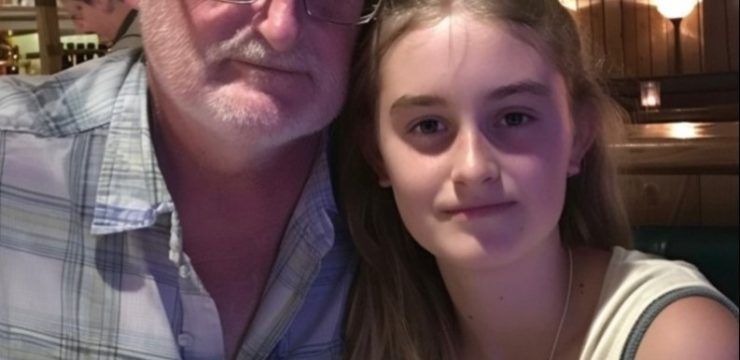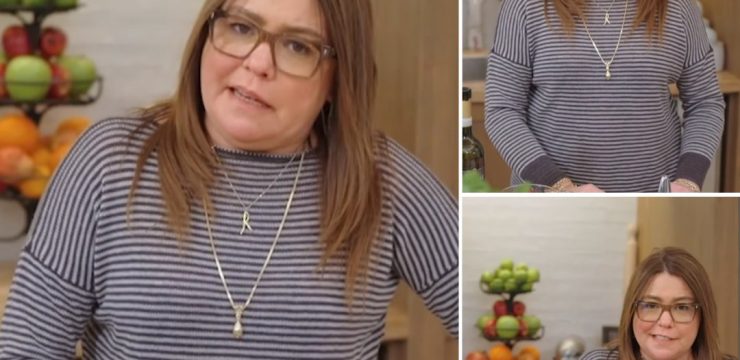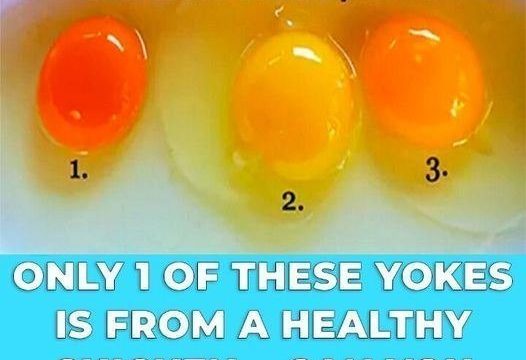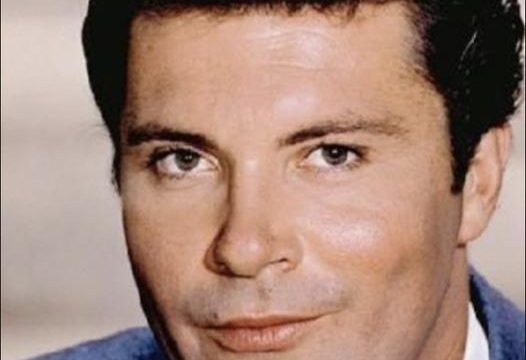Who doesn’t enjoy a good brain teaser? Today’s puzzle offers a challenging and rewarding test of your observation skills. You’re presented with an image of a large, incomplete bone, surrounded by smaller fragments, and your task is to determine which one completes the bone. At first, it might seem like a simple task, but this puzzle is designed to test your ability to notice subtle details. Are you ready to take on the challenge and put your brain to the test?
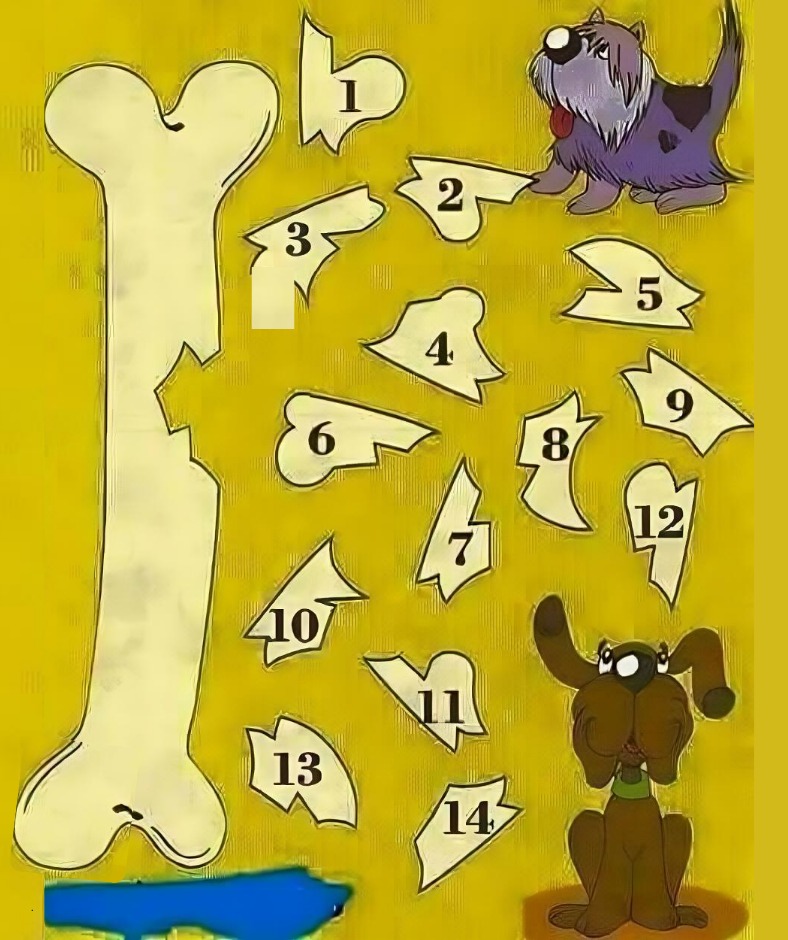
Puzzles like this are more than just fun—they help improve cognitive skills. Every piece you examine requires critical thinking, which enhances your problem-solving abilities and keeps your brain agile. It’s a great way to improve focus, and it’s enjoyable too. So, why are puzzles like this so beneficial and engaging?
Common Mistakes People Make in This Puzzle
When faced with a variety of similar-looking bone fragments, it’s easy to get tricked. You might think you’ve found the perfect match, only to realize later that it’s slightly off. Below are some common mistakes people make and how to avoid them:
;
- Overlooking Small Details You might think a piece fits because its overall shape seems correct, but the smaller notches and curves could make all the difference. Take your time and carefully observe each piece before making a decision—don’t rush through it!
- Rushing the Solution When we’re eager to finish, we sometimes overlook important details. It’s important to take your time with each piece, ensuring it fits both visually and structurally. Patience is key here!
- Assuming Symmetry Not all pieces are symmetrical. Some might look like they fit, but if the edges don’t align perfectly, it’s probably not the right choice. Be sure to rotate each piece and compare it from multiple angles to see if it fits.
- Ignoring the Orientation A piece might seem like a fit at first glance but only in a specific orientation. Rotate each fragment and view it from different angles to make sure it aligns perfectly.
Now that you know some common pitfalls, let’s go step-by-step to find the correct piece that completes this bone puzzle!
Step-by-Step Guide to Solving the Puzzle
Let’s break down the process of solving this brain teaser so you can find the perfect piece to complete the bone.
Analyze the Key Shape
Start by closely examining the empty section of the larger bone. Pay attention to any notches, curves, or angles that stand out. Form a mental image of what the missing piece might look like, as this will help you eliminate pieces that clearly don’t fit.
Inspect Each Piece
Begin with the first piece and work your way through each option systematically. Rotate each piece to see how it aligns with the missing section on the bone. Patience is crucial in this step—carefully observe the shape and contour of each piece to ensure a good fit.
Eliminate the Obvious Non-Fits
Some pieces will clearly not fit and can be eliminated immediately. For example, some may be too large, too small, or have shapes that don’t match the bone. A few examples include:
- Piece #2 has an irregular shape that doesn’t align with the bone’s edges.
- Piece #6 looks distinct but doesn’t resemble the missing section at all.
- Piece #12 is too pointed, while the bone’s missing section requires smoother, rounded edges.
Test the Likely Candidates
Now that you’ve eliminated the obvious misfits, focus on the pieces that closely resemble the missing bone section. Rotate them and try to align them with the larger bone. Carefully examine how each piece fits with the contours of the bone.
Find the Perfect Match
Finally, after following these steps, you’ll likely discover that Piece #7 is the one that perfectly completes the bone. This piece has the correct size and curvature needed to fit seamlessly into the missing section. After a little bit of rotation, you’ll see that all the curves and edges align perfectly—there are no gaps, confirming it’s the missing fragment.
Did You Solve the Puzzle?
Whether you managed to solve the puzzle on your first try or took a few attempts, brain teasers like this one challenge your observation skills. Even if you didn’t get it right immediately, you’ve still trained your brain to think critically and pay close attention to details. That’s a win in itself!

Brain teasers like this are not just fun—they’re a great way to exercise your mind and improve your problem-solving abilities. By carefully considering each possible solution, you’re not only completing the puzzle, but you’re also building valuable cognitive skills that can help you in everyday life.
So, did you enjoy solving this puzzle? If you did, why not try another one? Each puzzle offers a new opportunity to keep your mind active, improve your thinking, and experience the satisfaction of solving a challenge. Keep puzzling, have fun, and celebrate every victory along the way!
